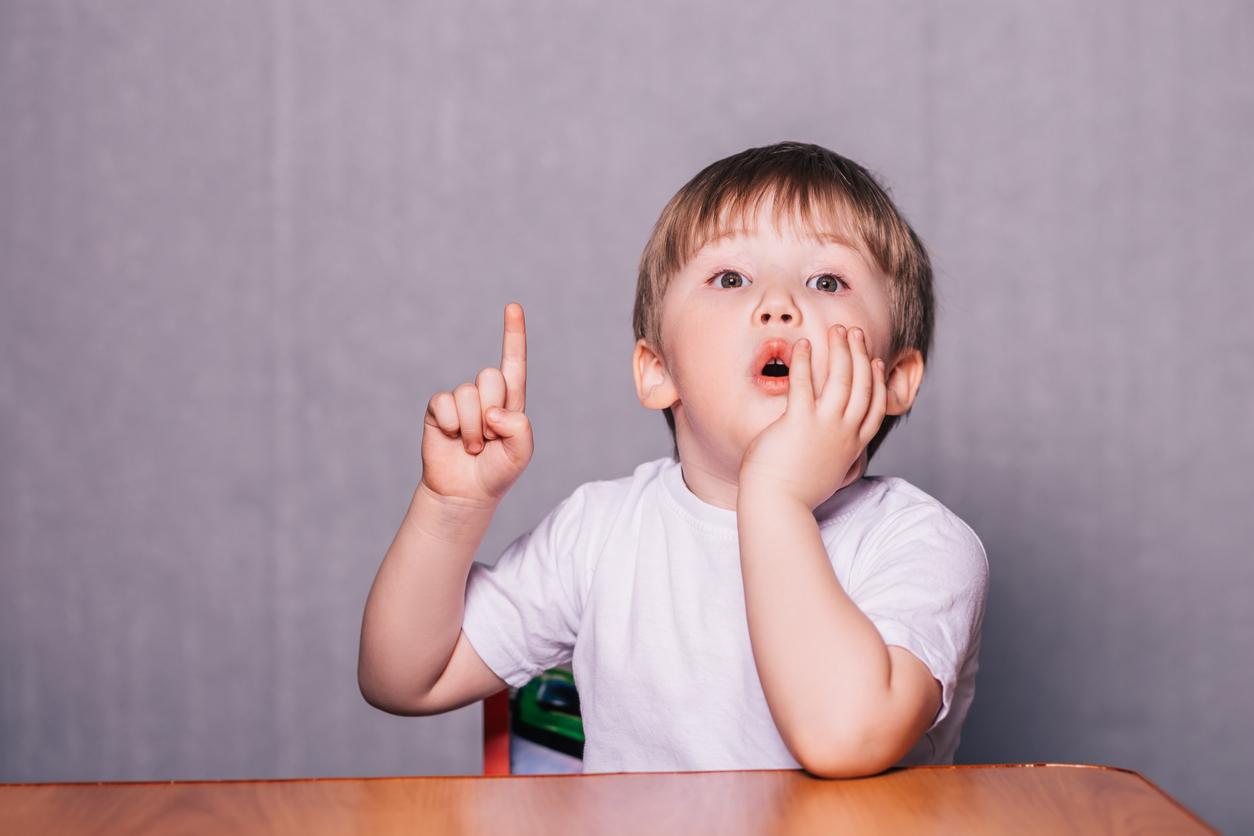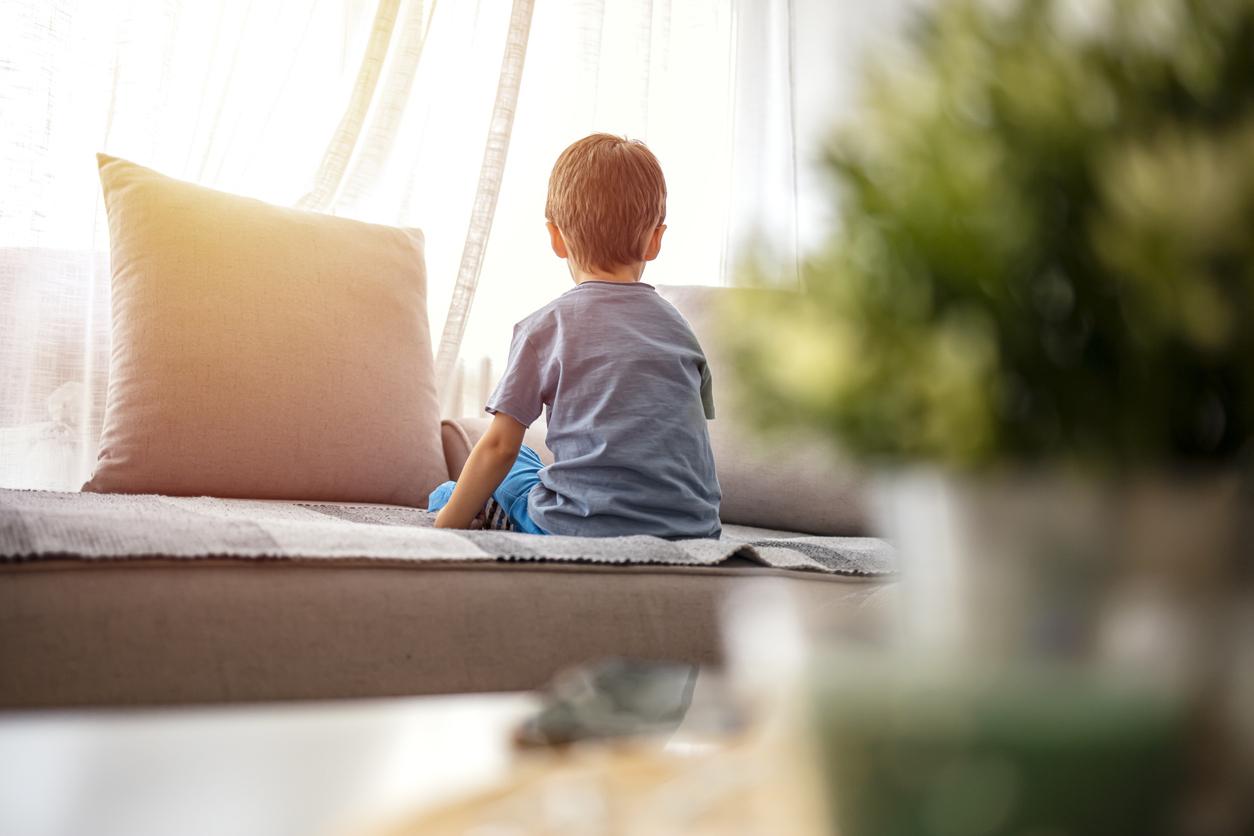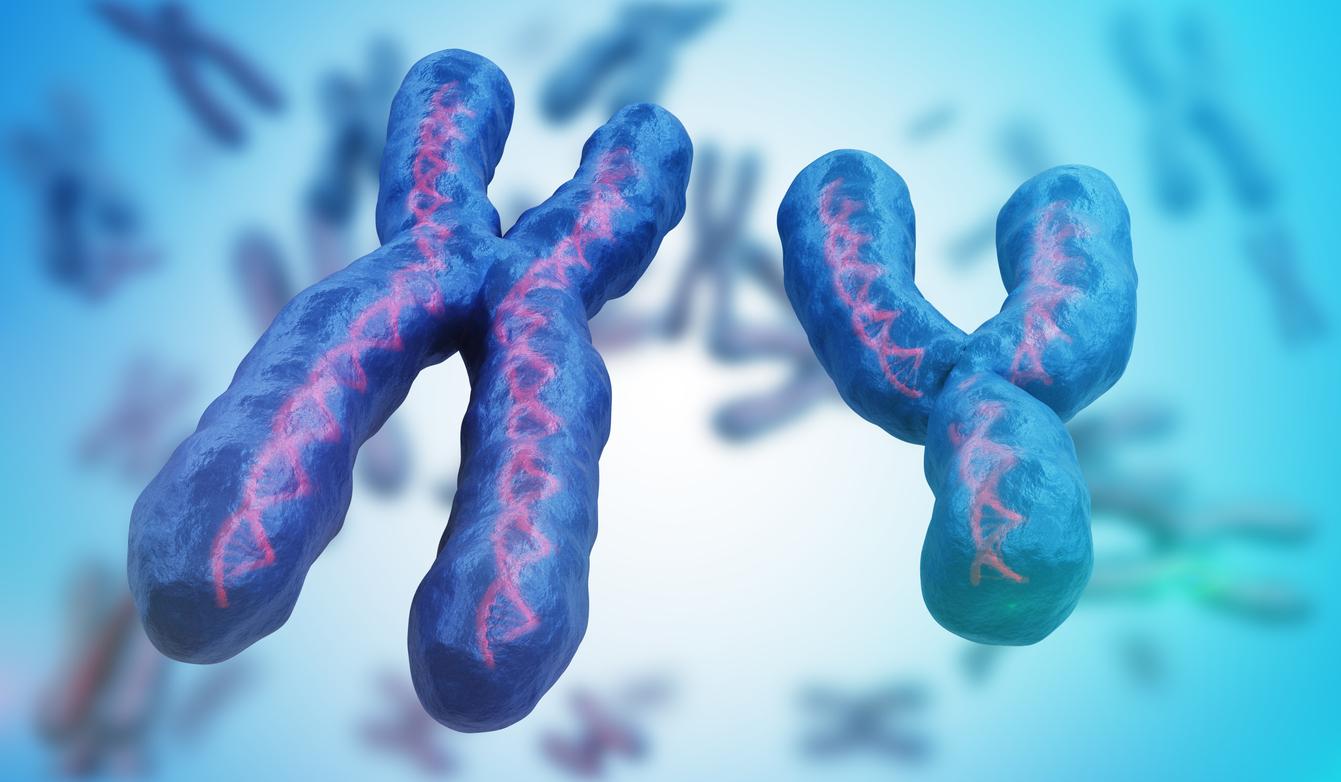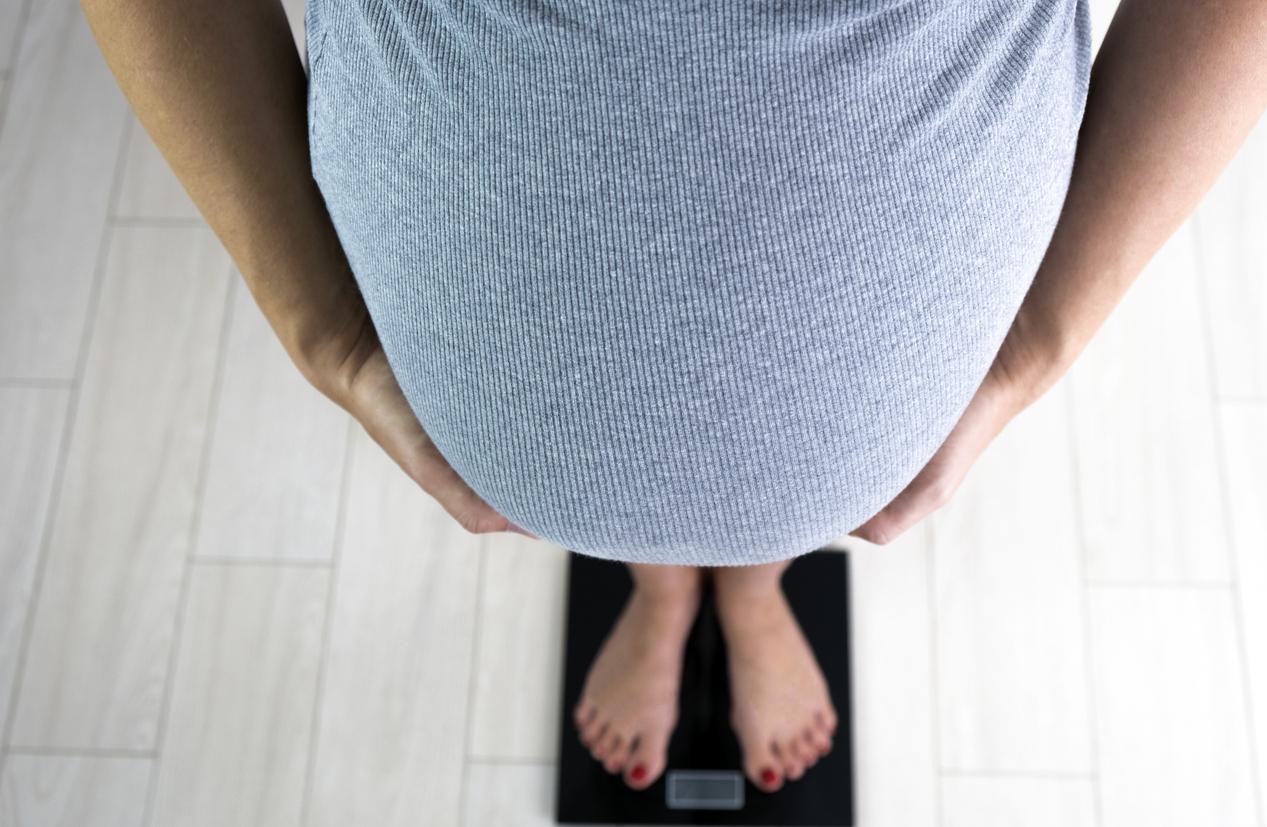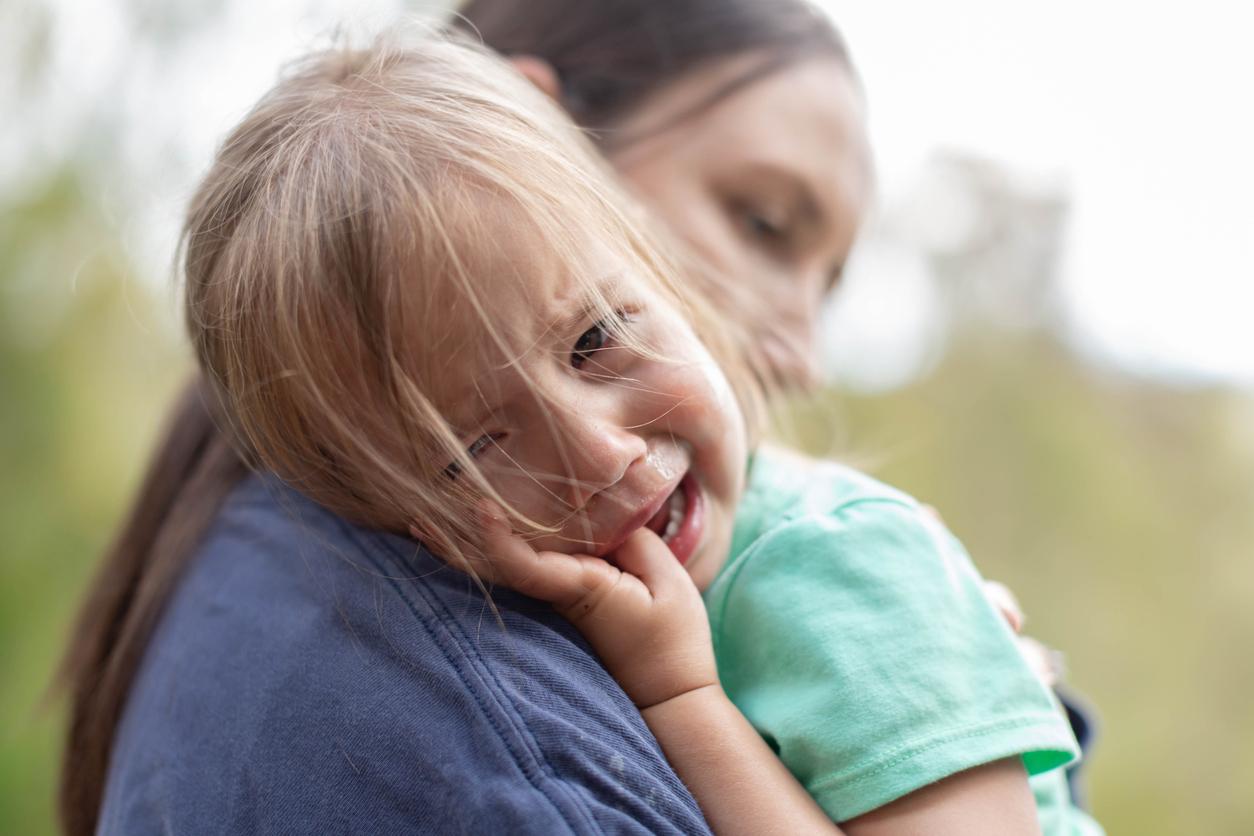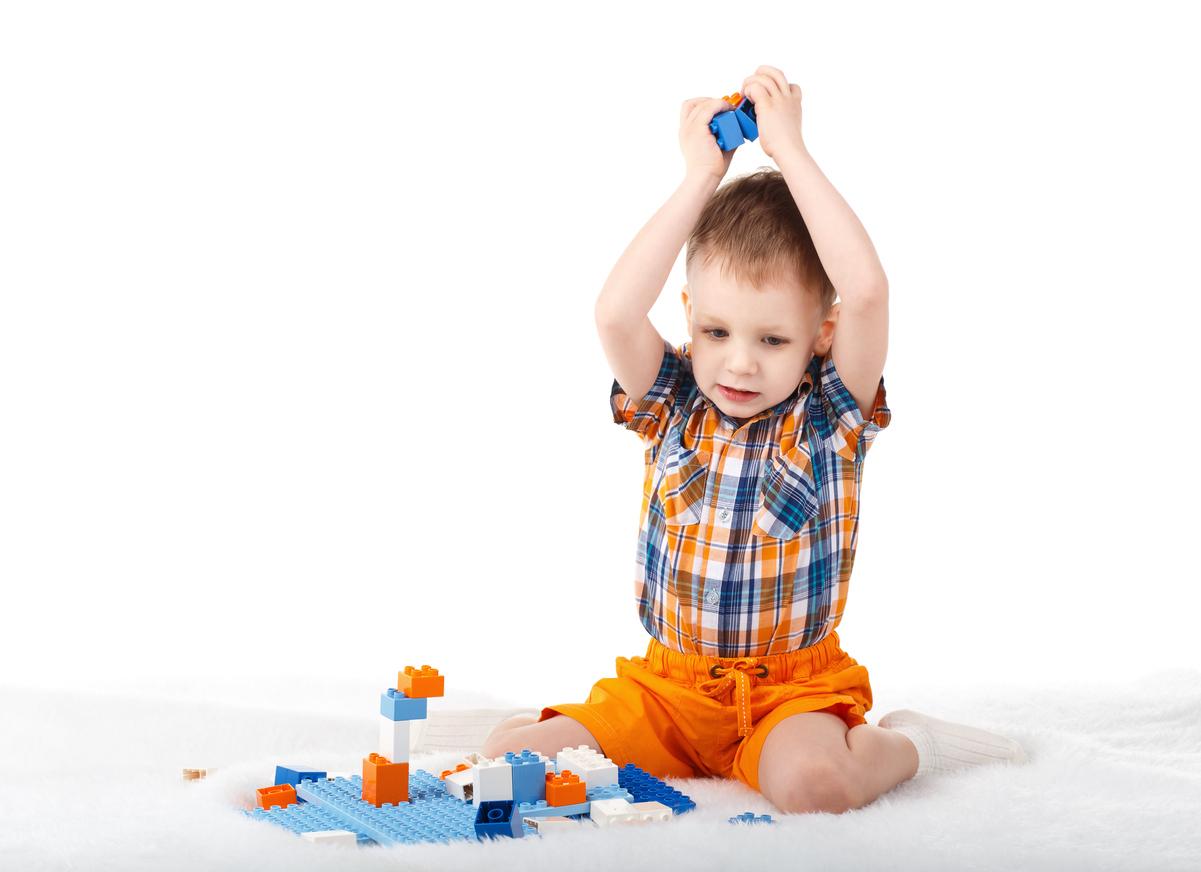In Courbevoie, in the Hauts-de-Seine, a structure welcomes five autistic children and adolescents aged 7 to 17, six days a week, from 9 a.m. to 6.30 p.m. It’s the Lud’Eveil center, created in January 2013, which observes the 3i method (intensive, individual and interactive). This technique is based on a simple principle: communicating with the child suffering from autism spectrum disorders(ASD) through non-directive games and create an exchange through imitation to reconstruct one’s psychomotor development.
During our visit to the center, we were first of all greeted by Josette Domingos, president of the Lud’Eveil association, and Anaïs Bisdorff, communications manager of the Autisme Espoir Vers l’Ecole association (AEVE), carrier of the 3i method everywhere in France. All the windows in the center are frosted, offering good visual insulation from the outside. Around the entrance hall, several closed doors. Behind each one plays a child. Exclamations, sounds of play, a childlike effervescence reach us.
Successions of gaming sessions
Here, 35 volunteers trained in the developmental method of 3i take turns all week to play with the children, face to face. “Each child has their own team and all days are organized in the same way: a first play session from 9 a.m. to 10:30 a.m., then a second with another volunteer until noon.“explains Josette Domingos.”In the afternoon, three other one-and-a-half-hour game sessions follow one another from 2 p.m. to 6.30 p.m.“she adds.
The volunteer plays the role of a real playmate. “There is no question for him to arrive in a teaching position, the sessions are not prepared“specifies Josette Domingos. The volunteer is totally attentive to the child and imitates him in what he wants to do. This is precisely the case of Michel, a volunteer at the Lud’Eveil center for three years, with Léna, 8 years old. We meet them both at lunchtime. “At the beginning, Lena was in her world, she had fits, banged her head on the ground, scratched herself. It calms down over time. She has more expressive looks, she emits little sounds. The first time we managed to catch his gaze, it was a real victory“testifies Michel, while keeping an affectionate eye on the little girl. Indeed, Lena is lively and seems fulfilled. She looks at us, without blinking, with a big smile.
“The playroom is a sensory cocoon”
In her playroom, which displays her first name and the photo of the faces of all her volunteers, Léna observes herself in the mirror, touches her reflection. Around her, everything is equipped for the game: she can roll on the floor on the carpets, handle a large ball and even take refuge in a reassuring corner. The toys are arranged high up on shelves to teach the child to point at them, to communicate by gesture. “The room is a real sensory cocoon that meets the motor and psychic needs of the child“explains Chloé Bornens, a young psychologist at the Lud’Eveil center. This is why, during the first years, the child remains exclusively in the safe environment of his playroom. Then, gradually, the volunteer can organize outings with the child. child when it begins to open up to the outside, as Michel tells us: “today I took Lena to the park to slide. Before it was not possible to take her out of the center, now she accepts the noise of cars and the proximity of other children. “
Daily progress
In fact, depending on the development of the child, the volunteers will be able to adapt their activities. “The first phase is that of deep autism. The only goal of the play sessions is then to capture the child’s gaze, to interact with him, to imitate him.“specifies Chloé Bornens. The second phase is based on the setting up of games and workshops during which the child can sit at a table if he wishes. When he is ready for learning, the third phase consists in looking for a structure (school, sports lessons …) where to register for a short period at the beginning, which increases with time. The final objective is that the child can one day return to a school path .
And this method seems to achieve its ends: “a retrospective study of 449 children followed for 10 years by the AEVE association already shows that 51% of them have found their way back to traditional school, after only two to four years of the 3i method“rejoices Anaïs Bisdorff. Like Léna, whose progress can already be observed after three years, Etienne *, registered at the Lud’Eveil center since 2013, is evolving day by day. By telling us about her career, Nicole *, the mother of the young boy, lets show a great emotion. “Etienne * has finally found a place where what he does is in harmony with his mental age. Before joining the Lud’Eveil center, he was in his bubble: he took a cushion or a blanket and went to bundle up in a corner. He is now very present, opened to the world when volunteers and psychologists got down to his level. It was a real rebirth. “Chloé Bornens shares this wonder at the efficiency of the method:”It’s fascinating because we see children flourish. Autism is not often enough linked to the notion of progress. Here it is.“
“I want to settle this suffering a little”
Three psychologists, including Chloé Bornens, specially trained in the 3i method, carefully observe the slightest advance of the five children. These specialists each follow one or two young people, and also participate in their play sessions once a week. But how can they keep tabs on everything that’s going on? Thanks to the cameras placed in each room, which record all the sessions. They can thus observe the evolution of the young patient over time and improve interactions between child and volunteer. Leafing through an organized and well-filled binder, Chloé Bornens explains that “At the end of each session, the volunteers write down a short report on what happened during the hour and a half: the games chosen by the child, his mood, his reactions … then watch the videos of the most significant sessionsThe videos also help volunteers understand issues they may be experiencing.
Currently, the Lud’Eveil center is full and has a waiting list for new requests. “We are physically limited, since we only have five game rooms“, deplores Josette Domingos. It is for the moment the only center which practices the 3i method in France. An alternative is to set up such a game room at home, and to benefit from the supervision of the AEVE association. This structure brings together 6,500 committed, motivated and concerned volunteers, as Michel testifies: “Léna needs someone to take care of her and I want to get involved, to sort out this suffering. I was lucky to have children who were no different, now I help those for whom they are not. “
* The first names have been changed.
Sources:
- Visit of the Lud’Eveil center, Courbevoie (Hauts-de-Seine)
- Interview with Josette Domingos, founder and president of the Lud’Eveil Courbevoie association
- Interview with Chloé Bornens, clinical psychologist at the Lud’Eveil center, specialist in child developmental disorders
- Interview with Anaïs Bisdorff, regional manager of AEVE Normandie and communication manager of the association
- Interview with Michel, retired volunteer at the Lud’Eveil center for three years.
- Interview with Nicole *, mother of Etienne *, a young autistic boy registered at the Lud’Eveil center.
>> To read also:
The 3i method for treating autism through play
Autism: an association calls on the Minister of Health
SOS Autisme launches the alert to change mentalities
Autism: psychoanalytic approach, behavioral approach, what are the differences?











